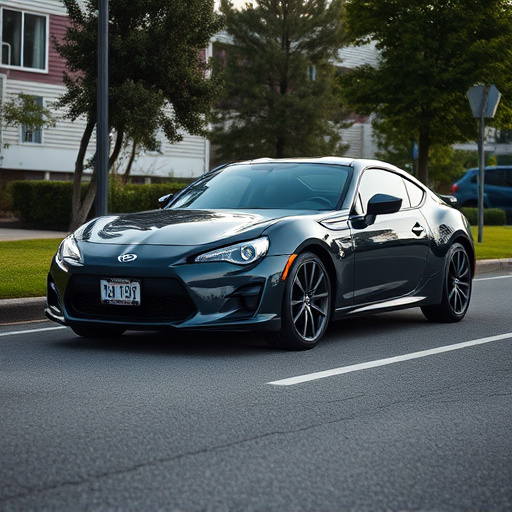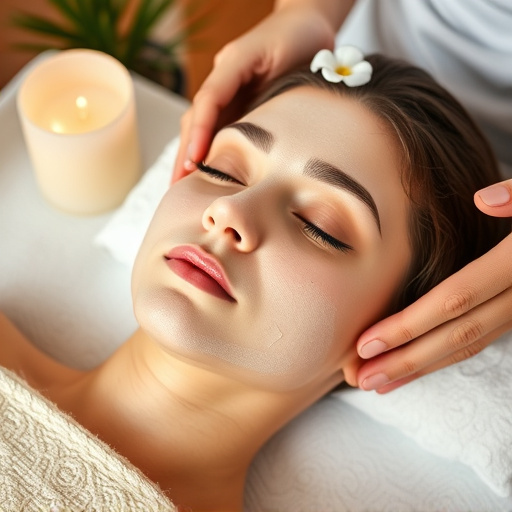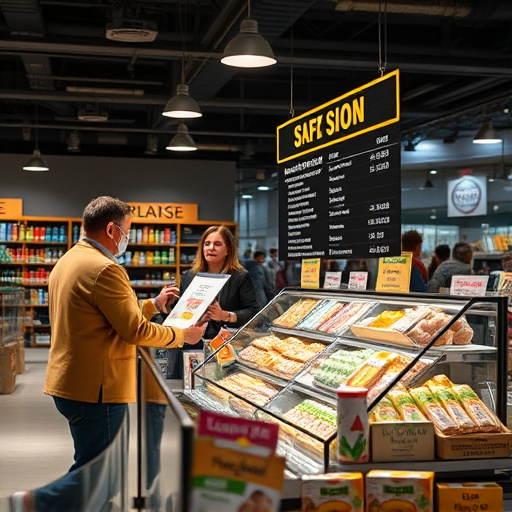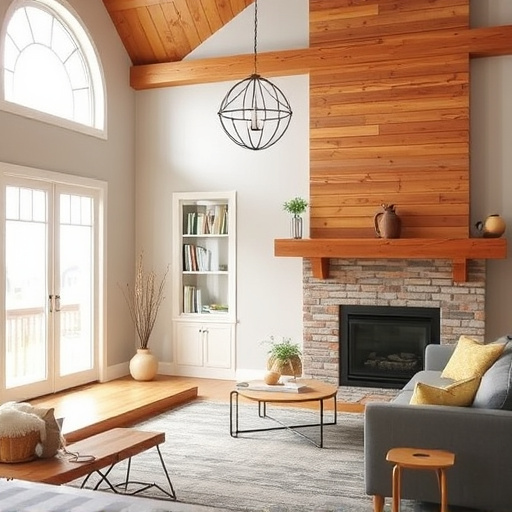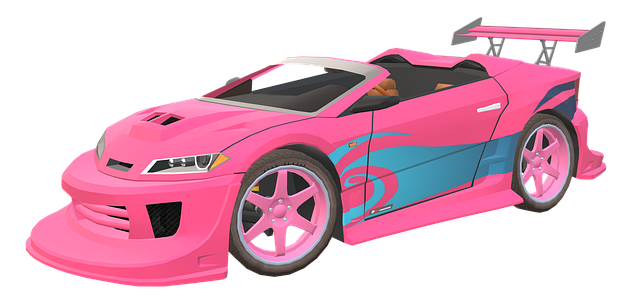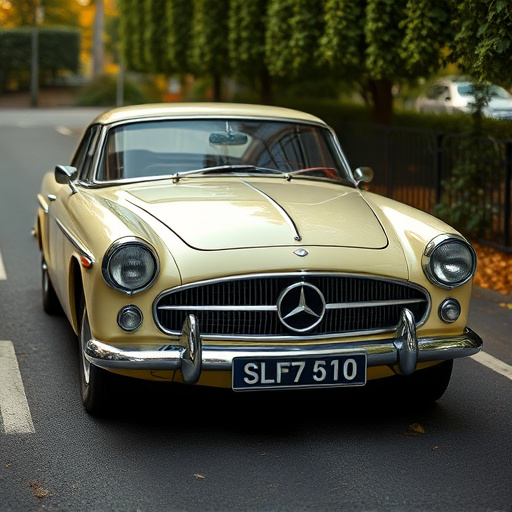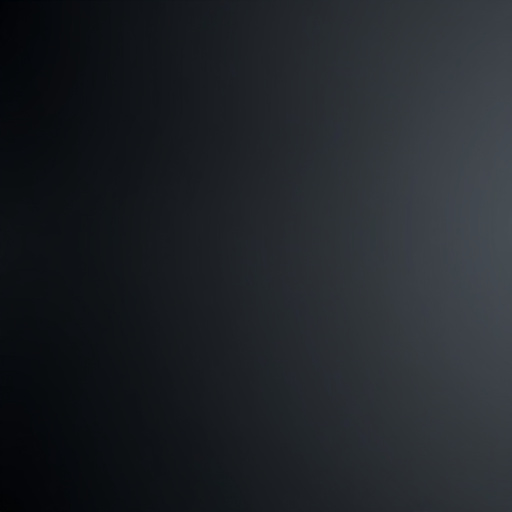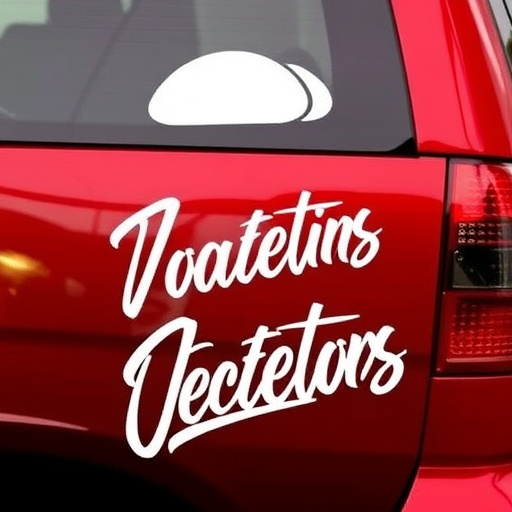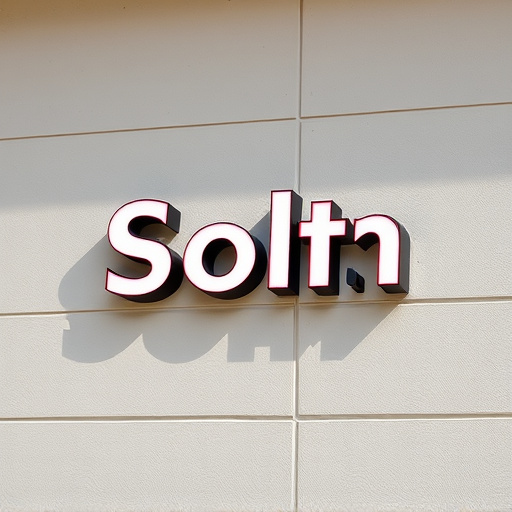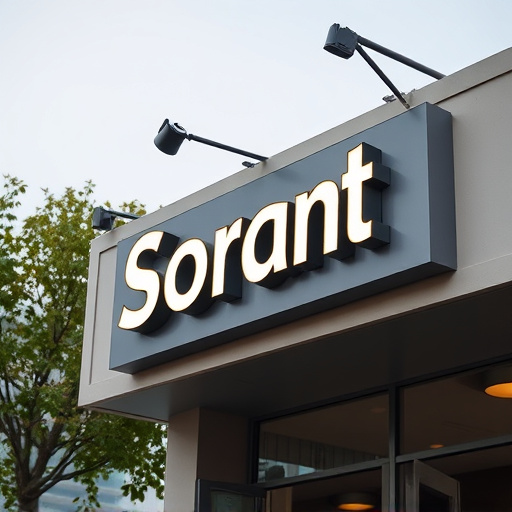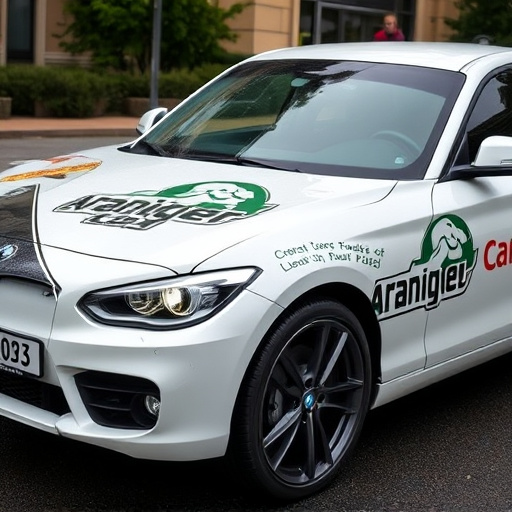Color psychology is a vital tool for event graphics designers, allowing them to create visually stunning and impactful promotional materials that evoke specific emotions and trigger psychological responses. By understanding color associations, designers can strategically choose palettes aligning with event moods and objectives, enhancing the overall visual experience. This approach, which leverages color theory and the color wheel, extends beyond aesthetics, considering how colors interact with human psychology. Successful applications in automotive showcases and tech conferences demonstrate how strategic color choices can engage audiences, create memorable experiences, and improve complex data digestibility.
Unleash the power of colors to elevate your event with effective event graphics design. This article explores the fascinating realm of color psychology and its application in visual storytelling. We’ll delve into the basics of color theory, offering insights on how hues influence emotions and behaviors. Through real-world case studies, discover successful strategies for integrating psychology into event graphics design, ensuring memorable experiences that resonate with audiences.
- Understanding Color Psychology: The Basics
- Applying Color Theory in Event Graphics Design
- Case Studies: Successful Color Usage in Events
Understanding Color Psychology: The Basics
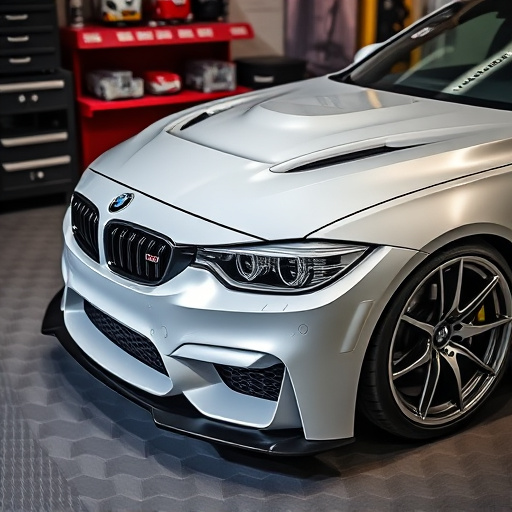
Color psychology is a powerful tool that can significantly impact how attendees perceive and engage with event graphics design. Understanding the basic principles behind color associations is essential for designers looking to create visually appealing and effective promotional materials. Different colors evoke varying emotions and trigger specific psychological responses, making them valuable tools in capturing attention and conveying messages. For instance, warm hues like red and orange can stimulate energy and excitement, making them ideal for creating a dynamic atmosphere at events. On the other hand, cool colors such as blue and green are often linked to calmness and relaxation, which can be beneficial for designing tranquil spaces or promoting tranquility-focused events.
By delving into color psychology, event graphics designers can strategically choose palettes that align with the intended mood and objectives of their visual creations. This goes beyond mere aesthetics; it involves considering how colors interact with the human mind and body. For example, incorporating UV protection in car customization can be reflected in design choices, subtly hinting at sun-kissed vibes while ensuring comfort and safety. Similarly, window tinting techniques, when integrated into event branding, can symbolize exclusivity or privacy, adding another layer of symbolism to the overall graphics design.
Applying Color Theory in Event Graphics Design
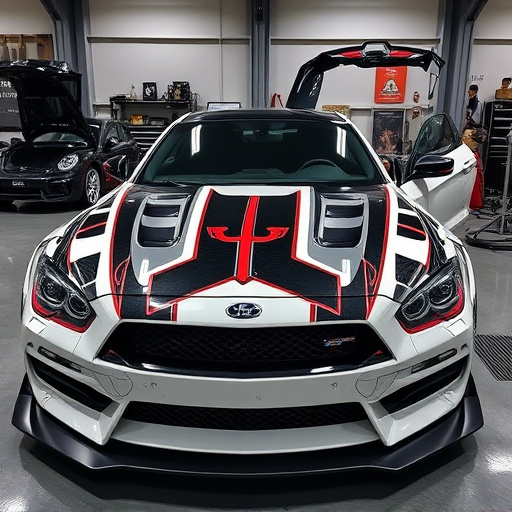
In event graphics design, applying color theory is both an art and a science. It involves understanding how colors interact with each other to create visual harmony or contrast, depending on the desired effect. The color wheel serves as a useful tool, allowing designers to choose complementary, analogous, or contrasting hues for various elements within the graphic. For instance, using warm colors like red and orange can evoke energy and excitement, making them ideal for highlighting key event moments or attracting attention at trade shows. In contrast, cool tones such as blue and green convey calmness and tranquility, suitable for branding corporate events or creating a soothing atmosphere in wellness-themed gatherings.
By integrating color theory into their workflow, designers can craft custom graphics that not only enhance the visual appeal of events but also communicate specific messages subconsciously. This is particularly relevant in vehicle enhancement or window tinting, where the strategic use of colors can transform ordinary vehicles into eye-catching displays. Moreover, understanding color psychology ensures that event organizers can tailor their graphics to influence the mood and behavior of attendees, creating a memorable experience that resonates with their target audience.
Case Studies: Successful Color Usage in Events

In the realm of event graphics design, color psychology plays a pivotal role in capturing audiences’ attention and evoking specific emotions. Case studies from various events highlight successful implementations where strategic color choices enhanced overall impact. For instance, at an automotive showcase, organizers utilized vibrant reds and oranges to draw focus towards new car models, mimicking the excitement of high-performance vehicles. This bold approach not only emphasized the cars’ dynamic nature but also sparked interest among attendees, leading to higher engagement levels throughout the event.
Another notable example comes from a tech conference where speakers’ presentations were enhanced through subtle yet effective color usage. Professional designers employed cool tones like blues and purples for text and backgrounds, fostering a sense of calm and trustworthiness while emphasizing key data points. This contrast with brighter accent colors helped in highlighting critical information, making complex topics more digestible. The successful integration of these colors reflected well in attendee feedback, with many praising the clarity and professionalism of the event graphics design.
Incorporating color psychology into event graphics design is a powerful strategy that can significantly enhance visual appeal and evoke specific emotional responses from attendees. By understanding the impact of different colors, designers can create captivating visuals that align with the event’s theme and purpose. This article has explored fundamental color psychology principles, demonstrated their application in event graphics, and presented compelling case studies showcasing successful color usage. Through these insights, event organizers and designers are equipped to make informed decisions, ensuring their graphics design not only looks stunning but also effectively communicates and engages the target audience.
